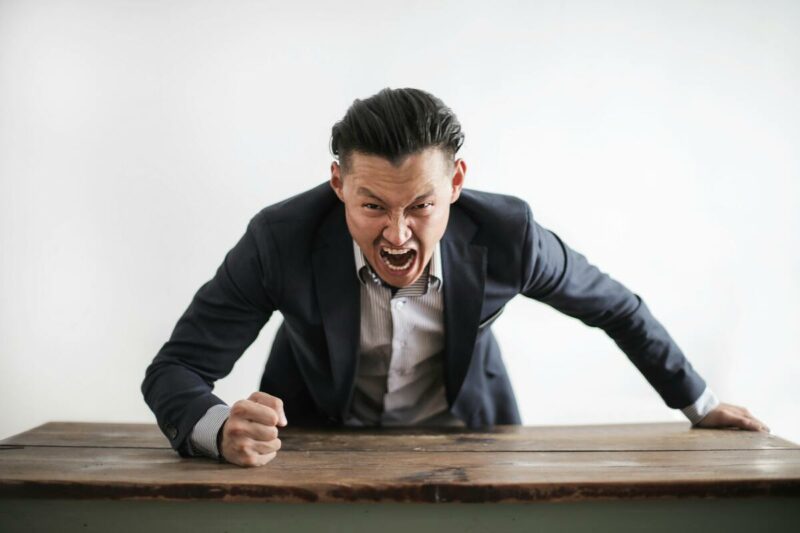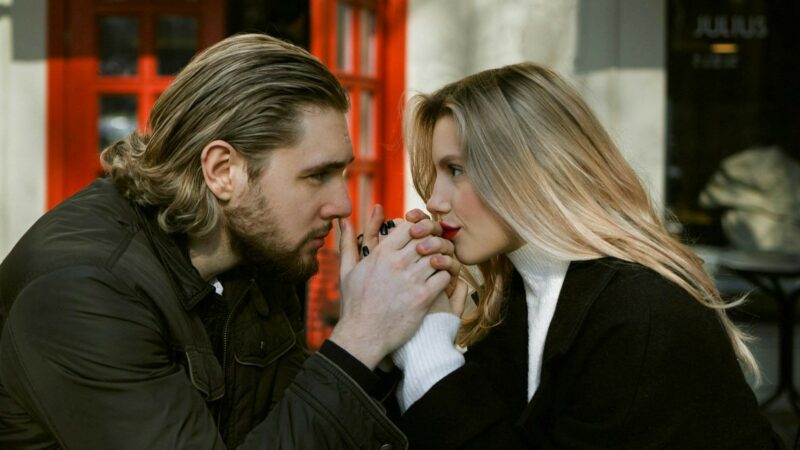Defensive Body Language: 8 Nonverbal Cues
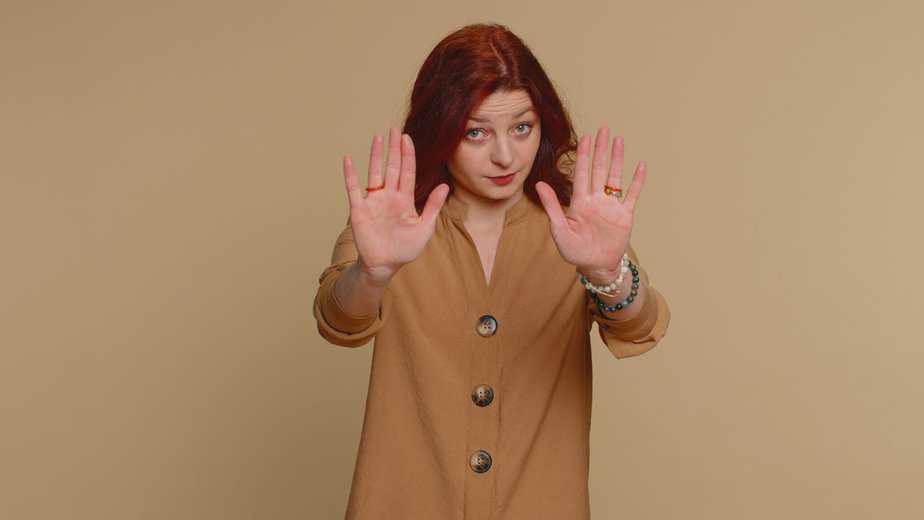
Whenever someone is more dominant or puts your beliefs in question, your defensive body language comes to the surface. This way, you’re showing the other person that you’re not going to take this without a fight. Your entire body is on high alert, and you feel like screaming, but your body is trying to keep you safe with movements that you do unintentionally.
As long as someone is holding a defensive stance, they’re going to have a defensive mindset that you won’t be able to get through to. This also means that your mind won’t acknowledge anything the other person is saying when your body language is in a defensive mode.
Of course, there are things that you can do to make the other person feel more accommodated, but you can also do something to make yourself feel at ease in these instances. Either way, when you know what to look for, it’ll be easier to manipulate the conversation to something that gives you a better outcome.
In this article, I’ll give you examples of defensive body language that you need to know how to spot. It doesn’t matter if it’s your own or if it’s the body language of your coworkers or friends. You’ll be able to acknowledge these moments and act accordingly.
Examples of defensive body language
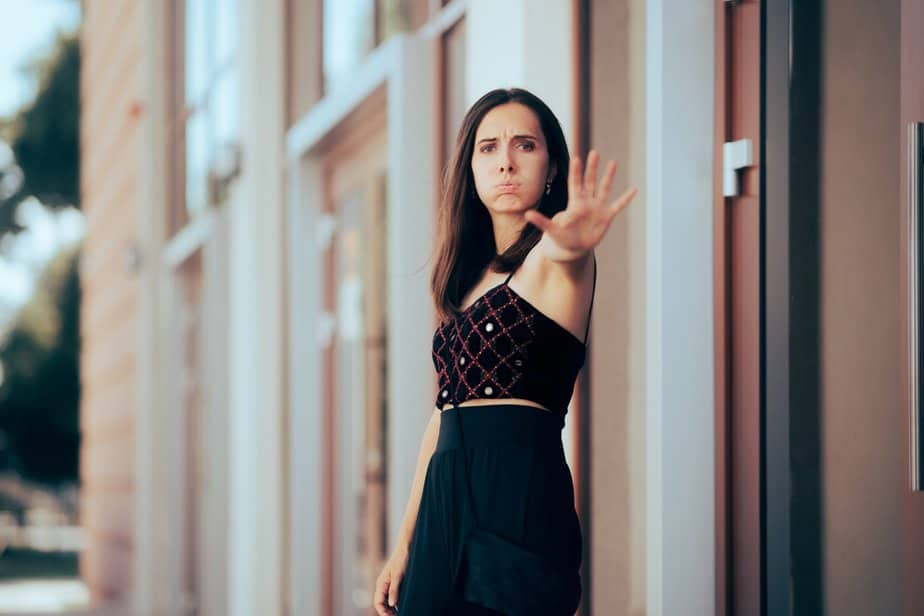
1. Crossing your arms
The most common defensive body language cue is when someone is crossing their arms over their torso. You probably see this on a daily basis when you’re talking to someone.
This happens because the person is trying to fend off an attack. Of course, it’s not an actual physical attack, it’s more likely to be a verbal attack – but our brain knows what it has to protect when we feel attacked.
When we’re crossing our arms, we also look a little bit wider than we do when we’re not doing this. If you’re in this stance, you may notice that your shoulders look wider, and your chest sometimes puffs out.
The funny thing that I’ve noticed is that people automatically uncross their arms when we tell them that their body language is defensive. I mean, you can probably think of a couple of instances when you’ve put your hands down the very moment someone called you out on it.
So, if you’re ever in a situation where the person in front of you has defensive body language, just call them out on it. They’ll immediately drop it, and then the defensiveness will turn into a small amount of shame. That’s when you can continue your conversation and get what you’ve been wanting out of them.
2. Crossing your legs
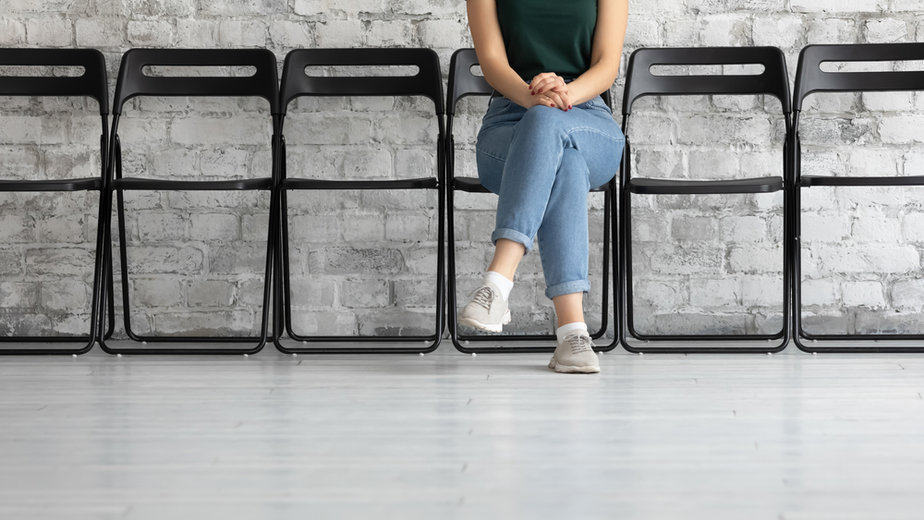
Another example of defensive body language is when someone is crossing their legs. Your brain is actually sending your body the same signals as when you’re crossing your arms.
You’re crossing your legs to protect another very sensitive organ. Your brain is telling you that you’re in danger and that you need to be careful.
That’s what you do when you’re in a defensive stance, even during arguments. Your brain isn’t able to differentiate between a physical attack and a verbal attack. Simply because the emotions are the same, you feel threatened either way.
Most commonly, defensive body language combines more than one movement. For example, you’ll always see people who are sitting down that they’re crossing their arms and legs at the same time. Even if they’re standing, they’ll cross their ankles and their arms. The brain is sending a signal to the body saying that it has to protect all the vital parts – which it’s doing.
3. Making yourself smaller
Defensive body language can also be seen when someone is making themselves smaller. You’ll mostly see this when people are talking about something, and it’s making a person uncomfortable. Or even when they’re in a state of fear.
You probably saw this with abuse victims. They put their knees closer to their bodies, they’re constantly holding their arms closer to themselves, and they are scared of the person that they’re talking to. They’ll even put their chin down to protect their neck, while still maintaining eye contact.
This is important because when you’re trying to defend yourself from someone, you’re trying to make yourself small while being aware of every movement that your “opponent” is making. You’re trying to hide away your body, and by making yourself smaller, it sends a mental note to the other person that you’re not a threat.
We’re genetically predisposed to do this. You don’t really have much control over this, even if you’re trying to take up more space, it doesn’t feel natural. You feel a little safer when you bundle yourself up and hide yourself into your own body.
4. Using a physical barrier

Have you ever been to a psychologist? If you’ve ever done therapy, and you came to a very uncomfortable conversation that makes you feel unsafe or if it brings your trauma to the surface, you’ll reach for a pillow to cover your body.
This physical barrier is something like a shield that makes you feel protected from the other person.
In a work environment, you may even see someone use a book or something else to cover their body. This is a natural human instinct. For centuries, we’ve used different types of shields in combat and now we use whatever we have on hand.
5. Rigid movements
Defensive body language can look like a lot of things. However, all of them are there to protect you from the person that’s in front of you. Even if there’s no imminent danger, you still feel the need to defend yourself.
For example, in the wild, aggressive and quick movements can make someone even more agitated. Especially if there’s a predator in front of us. For example, when you feel like a dog is dangerous, you’re not going to make any sudden movements because you’re scared that the dog may attack you.
The same thing happens when we’re talking to someone who doesn’t make us feel safe. Your body will make small and rigid movements out of fear of being attacked. Even though our brain is telling us that the threat is physical, it doesn’t have to be that.
If you’re having a disagreement in a relationship that leads to an argument or fight, you’ll start moving your body less. You won’t want to agitate your partner further, so you’ll become stiff, and you’ll start to make fewer movements, to the point where you may even hold your breath.
6. Fending off

Another example of defensive body language is when our brain tells us to put our arms in front of us. When someone is attacking us physically or verbally, we tend to put our arms up. Either in front of us, to fend them off, or in a way that says that we’re giving up.
I don’t know how to better explain, but have you ever been in a situation where the person in front of you is holding their arms up as if you’re a police officer who’s yelling, “Show me your hands!”
Well, that’s what happens when a person is trying to defend themselves.
You’ll do this when you’re explaining yourself. There’s a small chance that you’ll make this movement when someone else is talking. You’re actually doing this action when you don’t want to offend someone with your words, or when you’re trying to seem harmless.
7. Downward gaze
I know that I’ve said that one of the examples of defensive body language is when someone is holding eye contact with the person that they see as a threat. However, another example is when someone is holding their gaze downward.
Many predatory animals in nature will see direct eye contact as a challenge. Once they’re aware that you’re looking at them, their natural instinct will kick in and they’ll attack you.
Because of this, you’ll mostly turn your gaze downward. You’ll avoid eye contact at times because you’re scared that someone will continue attacking you if you give them any more attention. This doesn’t have to be true, but your body is telling you to look away.
8. Touching your face
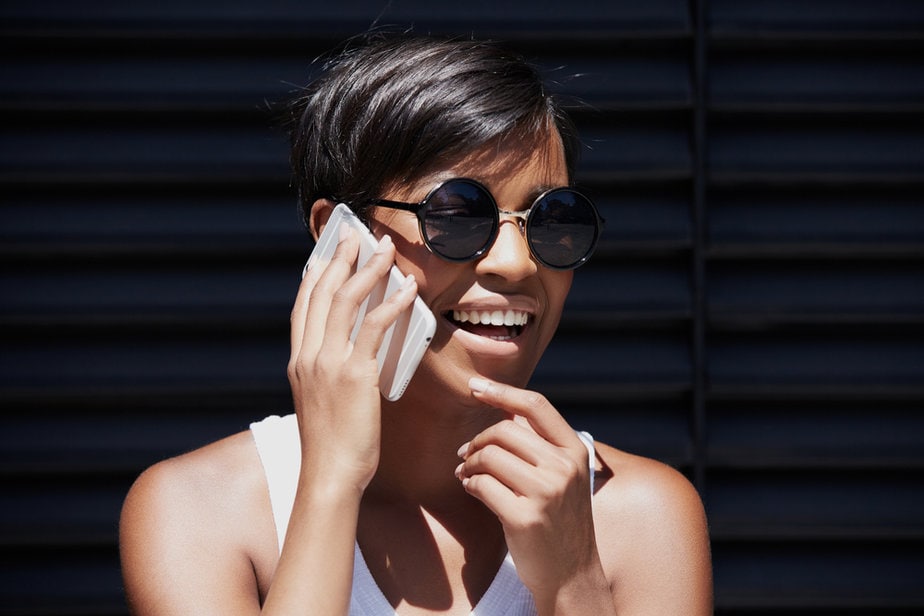
Another common example of defensive body language is touching your face. When you’re not feeling safe, you’ll start covering small parts of your face.
You may do this for two reasons. The first one is to hide any unintentional facial expressions that may agitate the person in front of you even more. The second reason is to, you’ve guessed it, protect yourself from the predator.
If you pay enough attention to someone you’re talking to, you’ll see this defensive body language. They’ll start playing with their lips, or they’ll start touching their nose. This is to hide that they’re scared, and it helps them feel grounded.
Either way, you can always make someone feel safe by simply lowering your voice or trying to explain yourself better. Letting them know that they’re safe will help them feel more relaxed.
Read more: Body Language: How To Understand The Words We Don’t Speak


